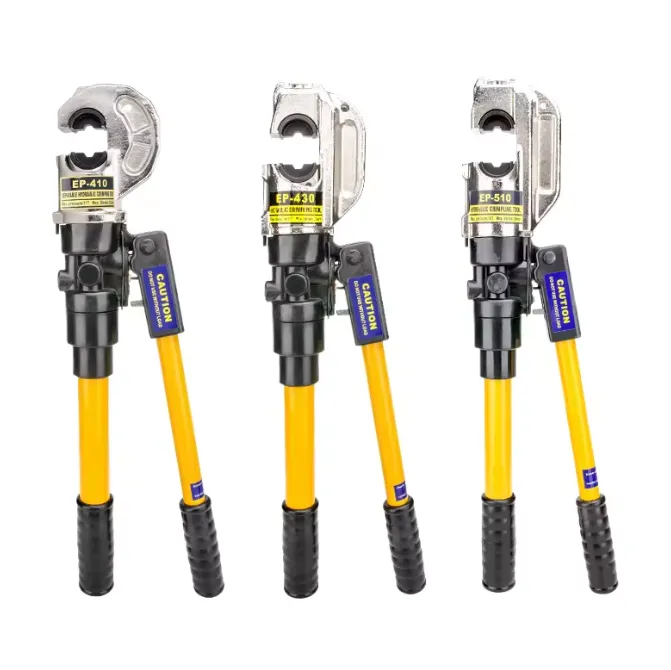
-
 Afrikaans
Afrikaans -
 Albanian
Albanian -
 Amharic
Amharic -
 Arabic
Arabic -
 Armenian
Armenian -
 Azerbaijani
Azerbaijani -
 Basque
Basque -
 Belarusian
Belarusian -
 Bengali
Bengali -
 Bosnian
Bosnian -
 Bulgarian
Bulgarian -
 Catalan
Catalan -
 Cebuano
Cebuano -
 Corsican
Corsican -
 Croatian
Croatian -
 Czech
Czech -
 Danish
Danish -
 Dutch
Dutch -
 English
English -
 Esperanto
Esperanto -
 Estonian
Estonian -
 Finnish
Finnish -
 French
French -
 Frisian
Frisian -
 Galician
Galician -
 Georgian
Georgian -
 German
German -
 Greek
Greek -
 Gujarati
Gujarati -
 Haitian Creole
Haitian Creole -
 hausa
hausa -
 hawaiian
hawaiian -
 Hebrew
Hebrew -
 Hindi
Hindi -
 Miao
Miao -
 Hungarian
Hungarian -
 Icelandic
Icelandic -
 igbo
igbo -
 Indonesian
Indonesian -
 irish
irish -
 Italian
Italian -
 Japanese
Japanese -
 Javanese
Javanese -
 Kannada
Kannada -
 kazakh
kazakh -
 Khmer
Khmer -
 Rwandese
Rwandese -
 Korean
Korean -
 Kurdish
Kurdish -
 Kyrgyz
Kyrgyz -
 Lao
Lao -
 Latin
Latin -
 Latvian
Latvian -
 Lithuanian
Lithuanian -
 Luxembourgish
Luxembourgish -
 Macedonian
Macedonian -
 Malgashi
Malgashi -
 Malay
Malay -
 Malayalam
Malayalam -
 Maltese
Maltese -
 Maori
Maori -
 Marathi
Marathi -
 Mongolian
Mongolian -
 Myanmar
Myanmar -
 Nepali
Nepali -
 Norwegian
Norwegian -
 Norwegian
Norwegian -
 Occitan
Occitan -
 Pashto
Pashto -
 Persian
Persian -
 Polish
Polish -
 Portuguese
Portuguese -
 Punjabi
Punjabi -
 Romanian
Romanian -
 Russian
Russian -
 Samoan
Samoan -
 Scottish Gaelic
Scottish Gaelic -
 Serbian
Serbian -
 Sesotho
Sesotho -
 Shona
Shona -
 Sindhi
Sindhi -
 Sinhala
Sinhala -
 Slovak
Slovak -
 Slovenian
Slovenian -
 Somali
Somali -
 Spanish
Spanish -
 Sundanese
Sundanese -
 Swahili
Swahili -
 Swedish
Swedish -
 Tagalog
Tagalog -
 Tajik
Tajik -
 Tamil
Tamil -
 Tatar
Tatar -
 Telugu
Telugu -
 Thai
Thai -
 Turkish
Turkish -
 Turkmen
Turkmen -
 Ukrainian
Ukrainian -
 Urdu
Urdu -
 Uighur
Uighur -
 Uzbek
Uzbek -
 Vietnamese
Vietnamese -
 Welsh
Welsh -
 Bantu
Bantu -
 Yiddish
Yiddish -
 Yoruba
Yoruba -
 Zulu
Zulu


Dec . 15, 2024 15:53 Back to list
Cable Tie Manufacturing Equipment for Efficient Production Processes
The Evolution and Importance of Cable Tie Production Machines
Cable ties, also known as zip ties, have become an essential component in various industries, including construction, electronics, and automotive. This simple yet versatile tool allows for the organization, bundling, and securing of cables, wires, and other materials. The production of cable ties is a complex process that relies heavily on advanced machinery tailored specifically for this purpose. In this article, we will explore the evolution, functionality, and significance of cable tie production machines.
A Brief History of Cable Ties
Cable ties were first invented in 1958 by Thomas & Betts, primarily to bundle and secure wires in the automotive industry. Over the years, their design and functionality have evolved significantly. Today, cable ties are manufactured in various sizes, colors, and materials to cater to diverse applications. With the growing demand for organized and secure wiring systems, the production of cable ties has become a lucrative business, necessitating efficient manufacturing methods.
The Production Process
The production of cable ties involves several crucial steps, each requiring precise machinery to ensure product quality and efficiency. The key processes typically include
1. Material Selection Cable ties are primarily made from nylon (polyamide) due to its high tensile strength and resistance to UV light and chemicals. Various additives can also enhance properties such as fire resistance and color.
2. Extrusion The first step in manufacturing cable ties is the extrusion process. Raw materials are fed into an extruder, where they are melted and formed into long strips. The thickness and width of these strips are critical as they determine the strength and utility of the final product.
cable tie production machine

3. Cooling and Cutting After extrusion, the continuous strips of nylon are cooled and cut into the desired lengths. This step is crucial for maintaining the quality and consistency of the cable ties. Modern machines are equipped with precision cutting technology, which allows for consistent lengths and minimal waste.
4. Serialization and Quality Control Advanced cable tie production machines perform real-time quality control, checking for defects and ensuring that each tie meets industry standards. This can include tensile strength tests, elongation assessments, and visual inspections.
5. Packaging Once produced, the cable ties are automatically packaged for distribution. This automated process streamlines operations, reducing labor costs and increasing overall efficiency.
The Role of Technology
Innovations in technology have significantly improved the efficiency of cable tie production machines. Automation and robotics have minimized manual labor, allowing for faster production cycles and higher output. Advanced computer-aided design (CAD) software is also utilized in the design of molds and production processes, ensuring that the manufacturing environment is optimal.
Moreover, Industry 4.0 technologies, including the Internet of Things (IoT) and machine learning, enable manufacturers to collect data and analyze production performance. This not only enhances the decision-making process but also aids in predictive maintenance, reducing downtime and increasing productivity.
Conclusion
Cable tie production machines play a crucial role in the manufacturing of these indispensable tools. As industries continue to evolve, the demand for innovative and efficient production processes will only increase. With advancements in technology, manufacturers can tweak their operations to produce high-quality cable ties at scale, meeting the needs of an ever-expanding market. The importance of these machines cannot be overstated, as they ensure that the simple yet vital functionality of cable ties continues to support various sectors in their operations. As we look to the future, the cable tie production industry remains a prime example of the intersection of innovation and practical application in manufacturing.
Latest news
What Are Construction Tools and How Are They Used?
NewsJul.11,2025
Professional-Grade Duct Rodding Tools for Superior Cable Installation
NewsJul.11,2025
Enhancing Safety and Efficiency with Modern Hot Stick Solutions
NewsJul.11,2025
Empowering Cable Installation with Advanced Rodder Solutions
NewsJul.11,2025
Elevate Your Cable Installation Projects with Cable Pulling Tools
NewsJul.11,2025
Efficient Cable Handling Solutions: Cable Rollers for Sale
NewsJul.11,2025











